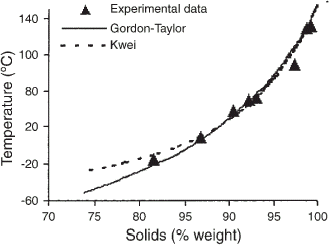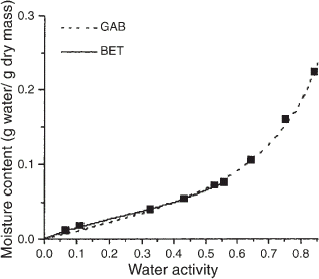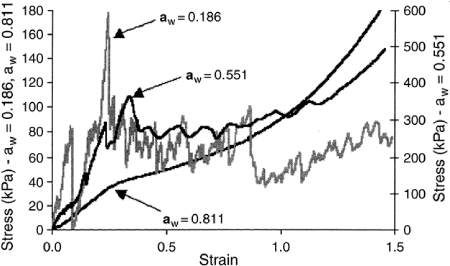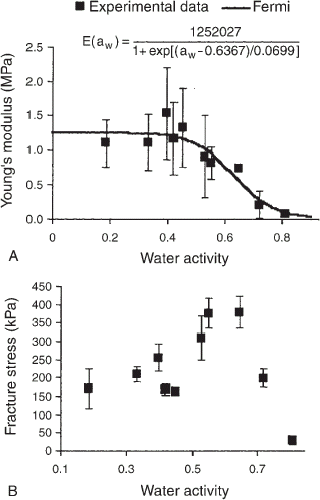Figures & data
Table 1 Average composition of commercial bread toast
Table 2 GAB (X m, C, K) and BET (X m, C) parameters fitted to the isotherm of moisture sorption of toast
Figure 2. (A) Temperature modulated differential scanning calorimetry thermogram showing the glass transition and enthalpic relaxation of bread toast. (B) Lissajous figure obtained during heating of bread toast from 0°C to 20°C at 2.5°C/min with a 40 s period and amplitude of 0.5°C.

Figure 3. Midpoint glass transition temperature of bread toast equilibrated at different water activities.
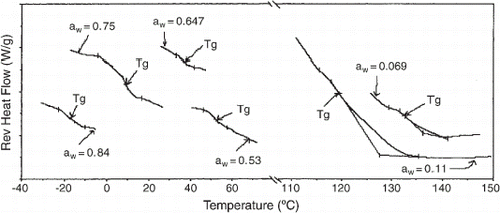
Figure 4. State diagram from T g analysis of bread toast as determined by TMDSC at heating rate of 2.5°C/min, 40 s of period and 0.5°C of amplitude.
